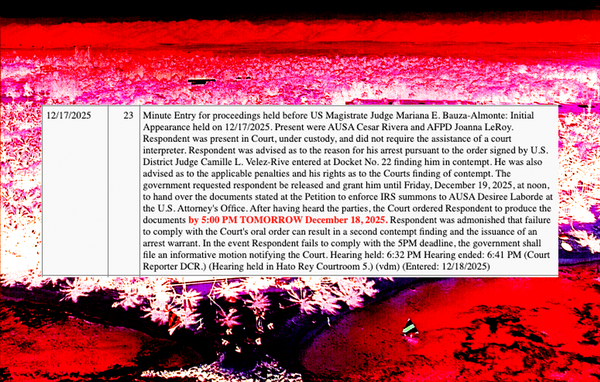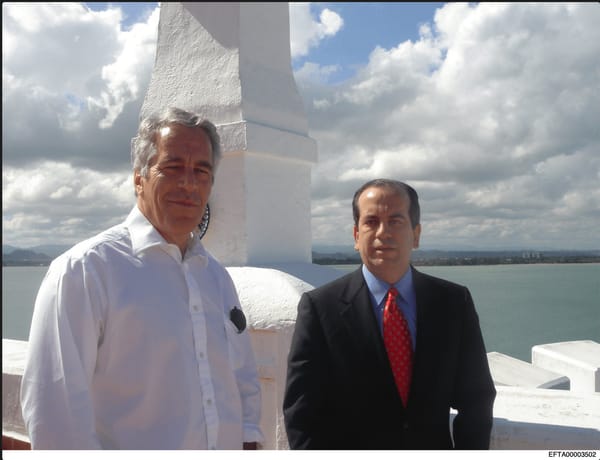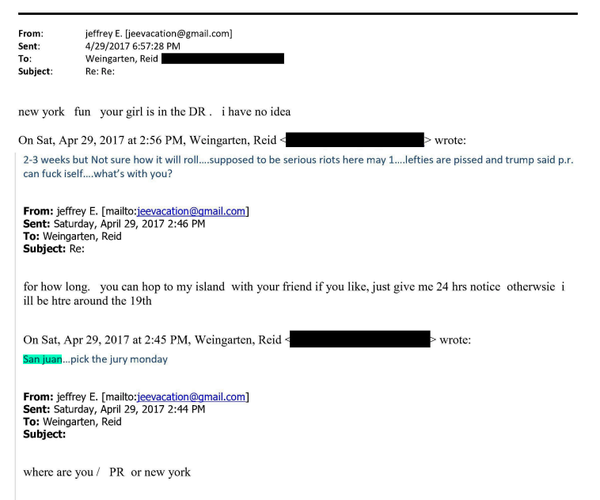'Liberation' Today. Bread Riots Tomorrow.
If bread lines become commonplace because of Trump's tariffs, then so too must bread riots.

(Before I get into this, I want to take a second to explain what tariffs are before I start slinging the term around. Tariffs are taxes on goods imported from other countries. The tariff is typically paid by the company that imports a certain product into a county. Tariffs are usually calculated as a percentage of a product. So, if a product costs $100 and the tariff is 10%, the importer will pay $110 per product. Once higher tariffs are imposed, the import company has two options: import less goods or pass those costs onto the consumers, which is the more likely outcome. Tariffs are usually implemented to protect domestic industries, but many economists consider them “self-defeating” because they raise prices and can trigger retaliation from other countries. )
The Trump administration actually did it. They touched the stove. And even though the smell of charred flesh fills the room and the flames catch on the walls of the house, they are just gripping searing metal even harder. Too bad they don’t believe in burn medicine or fire extinguishers.





